In the 21st century, social networking sites, such as Facebook, Instagram and Twitter, have truly made people’s lives easier. But they also have an opposite side. Addiction of the social media has now gone to a level which is making negative impacts on the psyche of every individual obsessed with the virtual life. In light of the situation, Bangla Tribune hosted a Boithoki roundtable, titled ‘Addiction of Social Media’, at its office in Dhaka on October 12 with representatives of different walks of life, including a psychology expert and an anthropologist, to find out the how and why of the addiction. The programme, moderated by journalist Munni Saha, was telecast live on ATN News and Bangla Tribune’s official Facebook page
Affinity causing addiction on social media
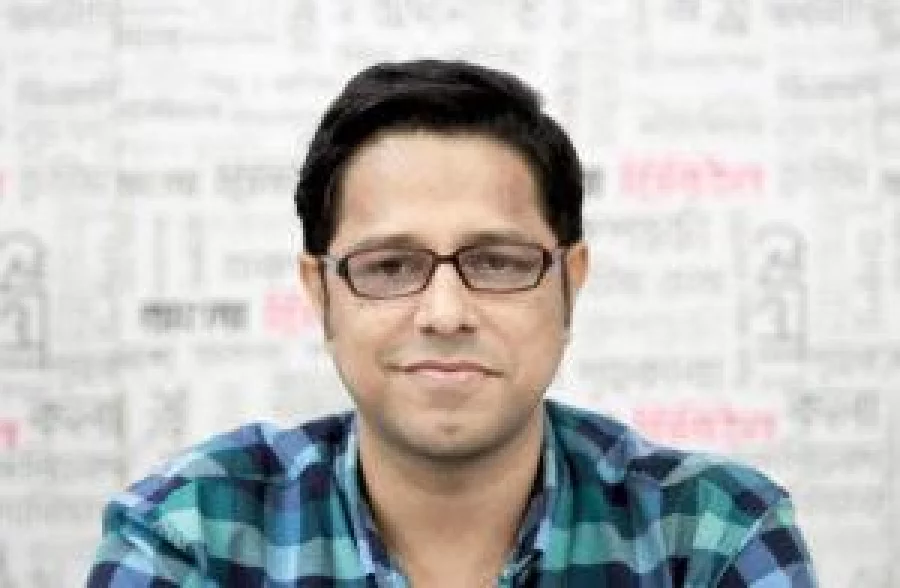
Abdullah Al Mamun, a programme coordinator at Manusher Jonno Foundation, said: “People get a sort of mental satiation when they come across things that go with their mindset, which basically happens on social media. When it comes to issues of mutual interest, like politics, entertainment, or cooking, birds of a feather are flocking together, and developing the addiction.”
He added: “The social media has made it very easy to find whatever we want and whenever we want based on our taste and preferences. People with similar tastes are forming groups on social media. These groups may have political bearings, or may be based on entertainment. Some have even created groups on cooking. One is always viewing contents that match his or her preferences in these groups, creating addiction.
“We’re living is an age where there are devices everywhere around us to create such addiction. Electronic devices and the social media are all set in such a way that one is easily getting the desired content without making much effort. So capitalism also plays a role in this addiction.”
Overdependence on social media leads to addiction
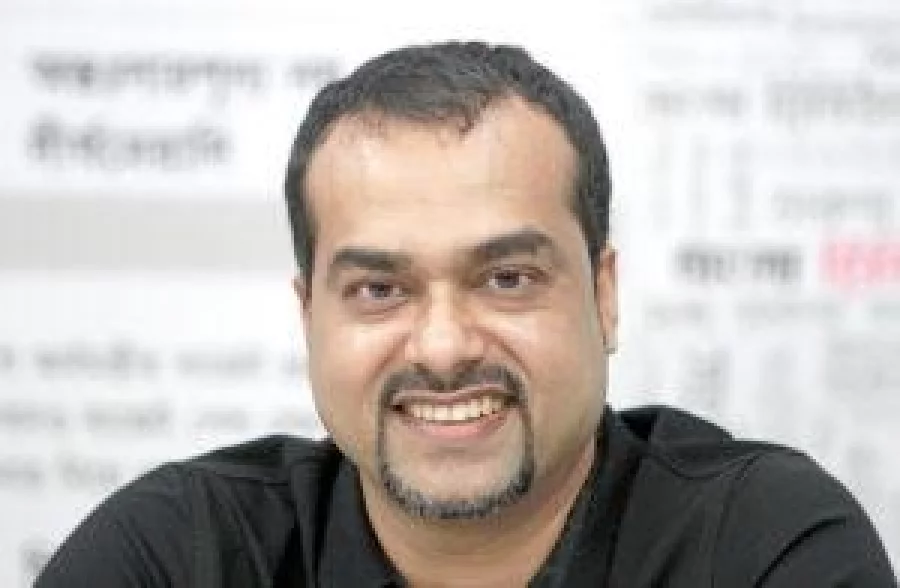
Speaking at the roundtable, Bangla Tribune Editor Zulfikar Russell said: “Social media becomes an addiction when someone becomes dependent on it. A person going after their desired object repeatedly on social media is a form of addiction.”
He also added: “No study or report has been published on how people decide their preferences of news and other contents on social media. Moreover, there is no study on the types of news that attracts social media users most. In many cases, lack of communication with family or social isolation leads a person to get addicted to social media by making new friends.”
“Initially, we had embraced social media as a tool of communication. We welcomed it positively because we used the platform to stay in touch with our family and friends. But the pattern of its utility has evolved. The more likes people get on their posts, the more they get hooked to social media. If any news is shared, it reaches people fast too,” Zulfikar said.
He added: “But this also has a negative side. Deliberate and provocative agenda or misinformation or fake news can spread at the same rate on social media when shared. Sometimes social media users perceive wrong ideas only from the misleading headlines of the news without even reading the whole content.”
If anybody cannot quit social media, it can be called addiction
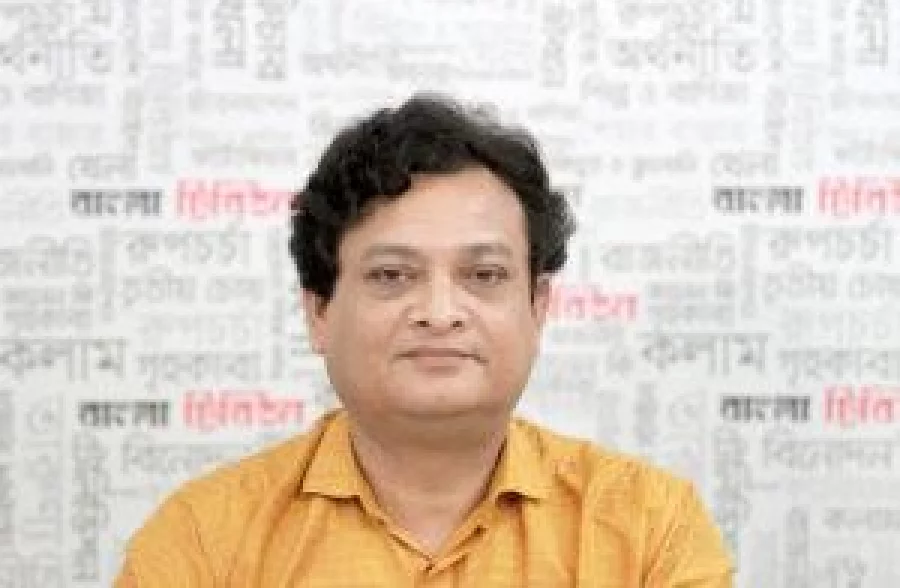
Dr Shalahuddin Qusar Biplob, professor of the Psychiatry Department at Bangabandhu Sheikh Mujib Medical University, said: “The use of social media cannot be termed addiction if it does not bother the people surrounding us or our relatives and near ones.
“It can also happen that one is constantly using (social media) and failing to come out of it; such a case can be called addiction. That person will always remain busy sharing photos and engaged in different activities.”
Mentioning that social media has both positive and negative sides, Shalahuddin further said continued use of social media causes physical and mental problems.
“The psychological problems include depression, sadness, anger and emotional flooding etc. Lack of sleep and pain in hands, shoulder and waist are among the physical problems,” he added.
Tough to say how much time spent leads to addiction

Addressing the roundtable, musician Maqsudul Haque commented that it was difficult to determine how much time spent on social media actually leads to addiction.
He said: “Social media users cannot tell whether they are addicted or not. However, I think I use it quite a lot, but I don’t know if it is an addiction. I have tried many times to deactivate my Facebook account but couldn’t. It is difficult to say if this is an addiction or not.”
“While it is difficult to determine how much time of consumption leads to addiction, whenever there is any sort of crisis in the country, I see that social media is utilised more than usual,” said Maqsud.
Addiction should be explained through capitalism
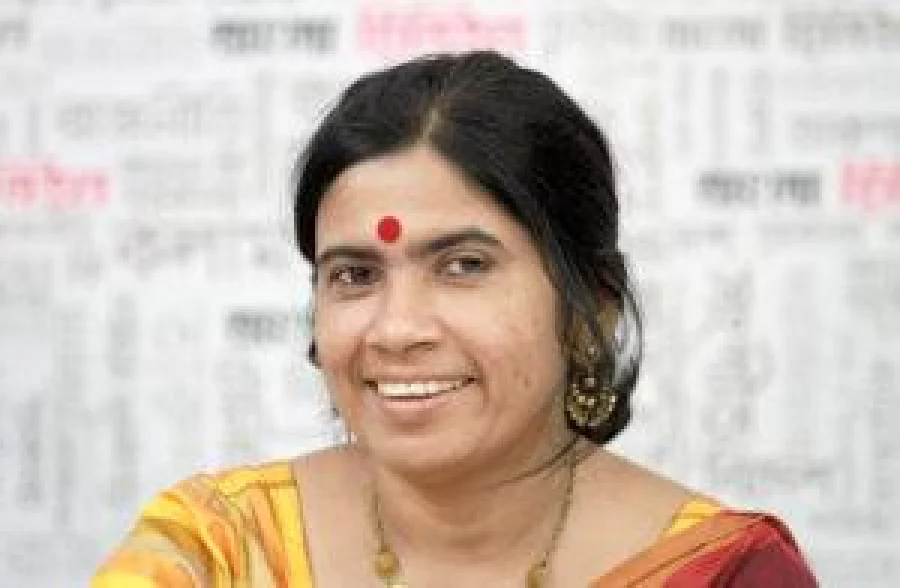
According to Zobaiyda Nasreen, associate professor of the Anthropology Department at Dhaka University, such addiction to the social networking sites should be explained through capitalism.
She said: “Social media currently exists within the sphere of capitalism. Hence, the addiction can be explained using this ideology. It, however, also depends on social needs and personal behaviour.”
Since social media allows a platform for immediate response, Zobaiyda said: “People tend to put emphasis on individuals, highlight personal to political preferences along with gossiping about others’ faults, or even the trend of having fun has become a normative gesture on social media.”
Real social connectivity is decreasing
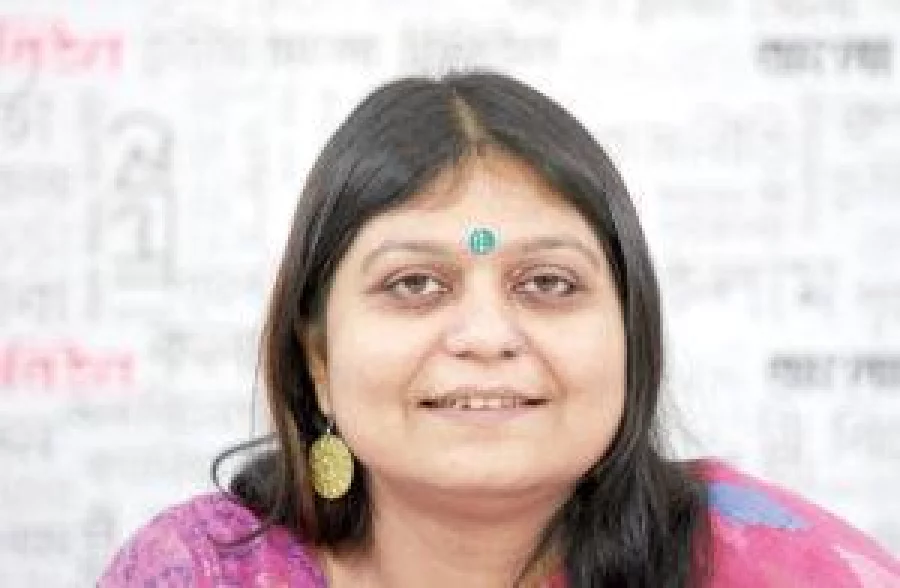
Bangla Tribune Chief Correspondent Udisa Islam said the fear of being alone was making the people use social media more. “And that is turning into an addiction. It may be true that our connectivity through the virtual world is increasing, but on the other hand, the reciprocity in communication is on the downtrend.
“We are considering it to be a type of social communication. But in the very real sense it is not. Real social connectivity is decreasing instead.”
She said: “Women are always at risk. But as far as I have observed, it’s the teenage girls who are the most vulnerable. They face the same risk on social media. Many of the adolescent girls, mostly those around 13 years of age, stay up late at night while using social media. So when they go to the school in the morning, they can’t concentrate on their studies. This is actually an age for creating relationships, and there is a strong tendency to find out a partner at this period.
“A girl might use the social media to this end, but she does not have much idea about the person she is creating a relationship with. One does not have the maturity to choose the right partner at this age. As a result, she takes the wrong path.”
Udisa also said: “There are many groups on Facebook who are actually spreading pornographic content. No matter the underage girls wish to watch the contents or not, they keep on appearing before their eyes. On the other hand, the same pornographic contents are reaching the underage boys too. So sexuality is represented to them in a way that is unrealistic and virtual. As the boy grows up, it is this pornography-shaped idea that continues to occupy and get more settled in his mind.”
 Abdullah Al Mamun, a programme coordinator at Manusher Jonno Foundation, said: “People get a sort of mental satiation when they come across things that go with their mindset, which basically happens on social media. When it comes to issues of mutual interest, like politics, entertainment, or cooking, birds of a feather are flocking together, and developing the addiction.”
He added: “The social media has made it very easy to find whatever we want and whenever we want based on our taste and preferences. People with similar tastes are forming groups on social media. These groups may have political bearings, or may be based on entertainment. Some have even created groups on cooking. One is always viewing contents that match his or her preferences in these groups, creating addiction.
“We’re living is an age where there are devices everywhere around us to create such addiction. Electronic devices and the social media are all set in such a way that one is easily getting the desired content without making much effort. So capitalism also plays a role in this addiction.”
Abdullah Al Mamun, a programme coordinator at Manusher Jonno Foundation, said: “People get a sort of mental satiation when they come across things that go with their mindset, which basically happens on social media. When it comes to issues of mutual interest, like politics, entertainment, or cooking, birds of a feather are flocking together, and developing the addiction.”
He added: “The social media has made it very easy to find whatever we want and whenever we want based on our taste and preferences. People with similar tastes are forming groups on social media. These groups may have political bearings, or may be based on entertainment. Some have even created groups on cooking. One is always viewing contents that match his or her preferences in these groups, creating addiction.
“We’re living is an age where there are devices everywhere around us to create such addiction. Electronic devices and the social media are all set in such a way that one is easily getting the desired content without making much effort. So capitalism also plays a role in this addiction.” Speaking at the roundtable, Bangla Tribune Editor Zulfikar Russell said: “Social media becomes an addiction when someone becomes dependent on it. A person going after their desired object repeatedly on social media is a form of addiction.”
He also added: “No study or report has been published on how people decide their preferences of news and other contents on social media. Moreover, there is no study on the types of news that attracts social media users most. In many cases, lack of communication with family or social isolation leads a person to get addicted to social media by making new friends.”
“Initially, we had embraced social media as a tool of communication. We welcomed it positively because we used the platform to stay in touch with our family and friends. But the pattern of its utility has evolved. The more likes people get on their posts, the more they get hooked to social media. If any news is shared, it reaches people fast too,” Zulfikar said.
He added: “But this also has a negative side. Deliberate and provocative agenda or misinformation or fake news can spread at the same rate on social media when shared. Sometimes social media users perceive wrong ideas only from the misleading headlines of the news without even reading the whole content.”
Speaking at the roundtable, Bangla Tribune Editor Zulfikar Russell said: “Social media becomes an addiction when someone becomes dependent on it. A person going after their desired object repeatedly on social media is a form of addiction.”
He also added: “No study or report has been published on how people decide their preferences of news and other contents on social media. Moreover, there is no study on the types of news that attracts social media users most. In many cases, lack of communication with family or social isolation leads a person to get addicted to social media by making new friends.”
“Initially, we had embraced social media as a tool of communication. We welcomed it positively because we used the platform to stay in touch with our family and friends. But the pattern of its utility has evolved. The more likes people get on their posts, the more they get hooked to social media. If any news is shared, it reaches people fast too,” Zulfikar said.
He added: “But this also has a negative side. Deliberate and provocative agenda or misinformation or fake news can spread at the same rate on social media when shared. Sometimes social media users perceive wrong ideas only from the misleading headlines of the news without even reading the whole content.” Dr Shalahuddin Qusar Biplob, professor of the Psychiatry Department at Bangabandhu Sheikh Mujib Medical University, said: “The use of social media cannot be termed addiction if it does not bother the people surrounding us or our relatives and near ones.
“It can also happen that one is constantly using (social media) and failing to come out of it; such a case can be called addiction. That person will always remain busy sharing photos and engaged in different activities.”
Mentioning that social media has both positive and negative sides, Shalahuddin further said continued use of social media causes physical and mental problems.
“The psychological problems include depression, sadness, anger and emotional flooding etc. Lack of sleep and pain in hands, shoulder and waist are among the physical problems,” he added.
Dr Shalahuddin Qusar Biplob, professor of the Psychiatry Department at Bangabandhu Sheikh Mujib Medical University, said: “The use of social media cannot be termed addiction if it does not bother the people surrounding us or our relatives and near ones.
“It can also happen that one is constantly using (social media) and failing to come out of it; such a case can be called addiction. That person will always remain busy sharing photos and engaged in different activities.”
Mentioning that social media has both positive and negative sides, Shalahuddin further said continued use of social media causes physical and mental problems.
“The psychological problems include depression, sadness, anger and emotional flooding etc. Lack of sleep and pain in hands, shoulder and waist are among the physical problems,” he added. Addressing the roundtable, musician Maqsudul Haque commented that it was difficult to determine how much time spent on social media actually leads to addiction.
He said: “Social media users cannot tell whether they are addicted or not. However, I think I use it quite a lot, but I don’t know if it is an addiction. I have tried many times to deactivate my Facebook account but couldn’t. It is difficult to say if this is an addiction or not.”
“While it is difficult to determine how much time of consumption leads to addiction, whenever there is any sort of crisis in the country, I see that social media is utilised more than usual,” said Maqsud.
Addressing the roundtable, musician Maqsudul Haque commented that it was difficult to determine how much time spent on social media actually leads to addiction.
He said: “Social media users cannot tell whether they are addicted or not. However, I think I use it quite a lot, but I don’t know if it is an addiction. I have tried many times to deactivate my Facebook account but couldn’t. It is difficult to say if this is an addiction or not.”
“While it is difficult to determine how much time of consumption leads to addiction, whenever there is any sort of crisis in the country, I see that social media is utilised more than usual,” said Maqsud. According to Zobaiyda Nasreen, associate professor of the Anthropology Department at Dhaka University, such addiction to the social networking sites should be explained through capitalism.
She said: “Social media currently exists within the sphere of capitalism. Hence, the addiction can be explained using this ideology. It, however, also depends on social needs and personal behaviour.”
Since social media allows a platform for immediate response, Zobaiyda said: “People tend to put emphasis on individuals, highlight personal to political preferences along with gossiping about others’ faults, or even the trend of having fun has become a normative gesture on social media.”
According to Zobaiyda Nasreen, associate professor of the Anthropology Department at Dhaka University, such addiction to the social networking sites should be explained through capitalism.
She said: “Social media currently exists within the sphere of capitalism. Hence, the addiction can be explained using this ideology. It, however, also depends on social needs and personal behaviour.”
Since social media allows a platform for immediate response, Zobaiyda said: “People tend to put emphasis on individuals, highlight personal to political preferences along with gossiping about others’ faults, or even the trend of having fun has become a normative gesture on social media.” Bangla Tribune Chief Correspondent Udisa Islam said the fear of being alone was making the people use social media more. “And that is turning into an addiction. It may be true that our connectivity through the virtual world is increasing, but on the other hand, the reciprocity in communication is on the downtrend.
“We are considering it to be a type of social communication. But in the very real sense it is not. Real social connectivity is decreasing instead.”
She said: “Women are always at risk. But as far as I have observed, it’s the teenage girls who are the most vulnerable. They face the same risk on social media. Many of the adolescent girls, mostly those around 13 years of age, stay up late at night while using social media. So when they go to the school in the morning, they can’t concentrate on their studies. This is actually an age for creating relationships, and there is a strong tendency to find out a partner at this period.
“A girl might use the social media to this end, but she does not have much idea about the person she is creating a relationship with. One does not have the maturity to choose the right partner at this age. As a result, she takes the wrong path.”
Udisa also said: “There are many groups on Facebook who are actually spreading pornographic content. No matter the underage girls wish to watch the contents or not, they keep on appearing before their eyes. On the other hand, the same pornographic contents are reaching the underage boys too. So sexuality is represented to them in a way that is unrealistic and virtual. As the boy grows up, it is this pornography-shaped idea that continues to occupy and get more settled in his mind.”
Bangla Tribune Chief Correspondent Udisa Islam said the fear of being alone was making the people use social media more. “And that is turning into an addiction. It may be true that our connectivity through the virtual world is increasing, but on the other hand, the reciprocity in communication is on the downtrend.
“We are considering it to be a type of social communication. But in the very real sense it is not. Real social connectivity is decreasing instead.”
She said: “Women are always at risk. But as far as I have observed, it’s the teenage girls who are the most vulnerable. They face the same risk on social media. Many of the adolescent girls, mostly those around 13 years of age, stay up late at night while using social media. So when they go to the school in the morning, they can’t concentrate on their studies. This is actually an age for creating relationships, and there is a strong tendency to find out a partner at this period.
“A girl might use the social media to this end, but she does not have much idea about the person she is creating a relationship with. One does not have the maturity to choose the right partner at this age. As a result, she takes the wrong path.”
Udisa also said: “There are many groups on Facebook who are actually spreading pornographic content. No matter the underage girls wish to watch the contents or not, they keep on appearing before their eyes. On the other hand, the same pornographic contents are reaching the underage boys too. So sexuality is represented to them in a way that is unrealistic and virtual. As the boy grows up, it is this pornography-shaped idea that continues to occupy and get more settled in his mind.”

